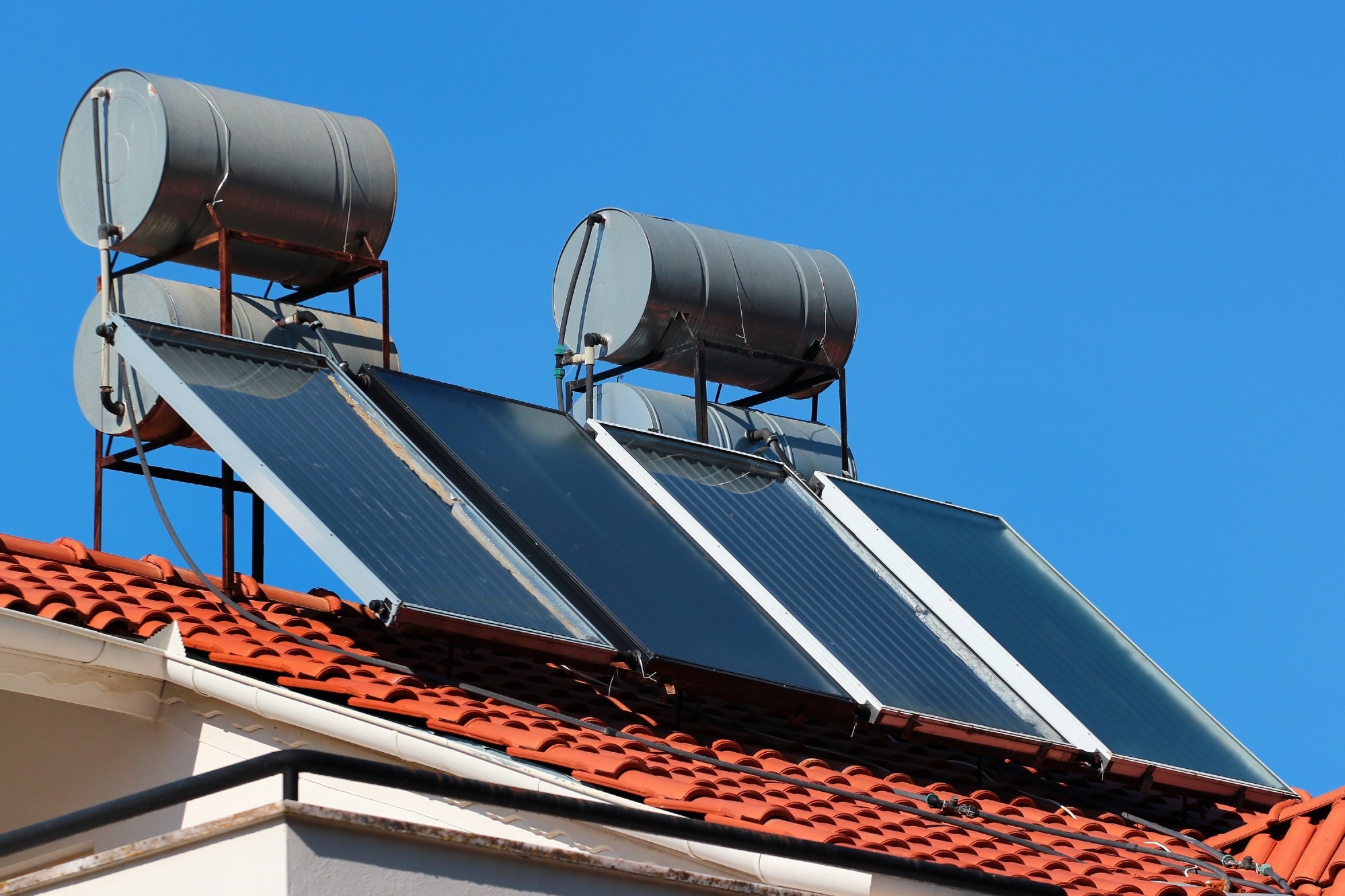Researchers show that pairing solar panels with home water heaters for thermal storage can cut grid reliance and boost energy efficiency by up to 40 %.

Image Credit: /Shutterstock.com
A new study in Periodica Polytechnica Mechanical Engineering explores how domestic electric water heaters can be used as thermal energy storage units when paired with photovoltaic (PV) systems. This integration aims to tackle one of the biggest challenges in solar energy, the mismatch between when solar power is generated and when it's needed.
The researchers focused on how excess solar electricity, instead of going unused or being exported back to the grid, can be stored as heat in existing household water heaters. The stored thermal energy can then be used later in the day to reduce reliance on conventional electricity sources and improve overall system efficiency.
Why Thermal Energy Storage Makes Sense for Solar
Solar PV systems generate clean electricity from sunlight, but only when the sun is out. The intermittency of this electricity generation creates problems for both households and electricity grids, especially when peak energy demand occurs outside daylight hours. Thermal energy storage offers a low-cost, practical solution: by storing excess electricity as heat, it allows that energy to be used when needed.
Electric water heaters are particularly suitable for this role. They are already installed in millions of homes and are designed to retain heat for hours. Integrating them with PV systems may provide a more stable energy supply, help balance demand, and reduce the need for fossil-fuel-based electricity, supporting broader global decarbonisation goals.
Simulating Real-World Performance
To understand how this integration performs under typical residential conditions, the research team developed a simulation model, validated with real-world data from Austria and Hungary.
The model treated water heaters as thermal reservoirs that could be charged during periods of peak solar output. It took into account a wide range of variables: heater capacity, thermal losses, hourly solar irradiance, household electricity demand, and energy transfer cycles.
Advanced modelling tools were used to simulate daily operation and assess how effectively stored thermal energy could offset electricity consumption during evening hours. To confirm the simulation's accuracy, researchers tested the setup using actual data on solar radiation and home energy usage, capturing system behaviour under realistic conditions.
Key Efficiency Gains and Stability Benefits
The study showed that up to 30-40 % of a household's daily water heating demand could be met using solar energy stored thermally. This not only cuts electricity bills but also improves the utilisation rate of installed PV systems.
By shifting energy consumption to coincide with solar energy availability, the approach also eases pressure on the power grid, a concept known as "peak shaving." Stored heat was retained efficiently, ensuring consistent availability for several hours after sunset. The system responded flexibly to fluctuations in solar input and household demand, showing it could adapt to variable real-world conditions.
Residential And Broader Applications
This method has strong potential for residential use, particularly in sun-rich regions. Retrofitting existing electric water heaters is both cost-effective and technically straightforward, giving homeowners greater energy autonomy while supporting the wider integration of renewables.
The benefits aren't limited to homes. Commercial properties could also use similar systems to manage energy use more efficiently and reduce operational costs. This strategy could provide a path to more reliable, locally sourced energy in regions with limited grid infrastructure, improving community resilience and access to clean power.
Download your PDF copy now!
Looking Ahead: Smarter Energy Storage
The study suggests a practical route to better energy management using technology that's already in place. But there's scope for further innovation. Future work could explore new thermal insulation materials, refine control strategies, and assess long-term impacts on energy systems.
Integrating smart control systems, Internet of Things (IoT) technology, and AI-based optimization could help manage charging and discharging cycles more effectively, maximising the benefits of thermal storage.
By combining solar generation with heat storage in an intelligent, scalable way, the approach outlined in this research offers a clear step forward in aligning domestic energy use with renewable availability.
Journal Reference
Zsiborács, H., et al. (2025). Integration of Thermal Energy Storage and Photovoltaic Systems by Using Domestic Electric Water Heaters: A Case Study of Austria and Hungary. Periodica Polytechnica Mechanical Engineering, 69(2), pp. 103-111. DOI: 10.3311/PPme.38095, https://pp.bme.hu/me/article/view/38095
Disclaimer: The views expressed here are those of the author expressed in their private capacity and do not necessarily represent the views of AZoM.com Limited T/A AZoNetwork the owner and operator of this website. This disclaimer forms part of the Terms and conditions of use of this website.